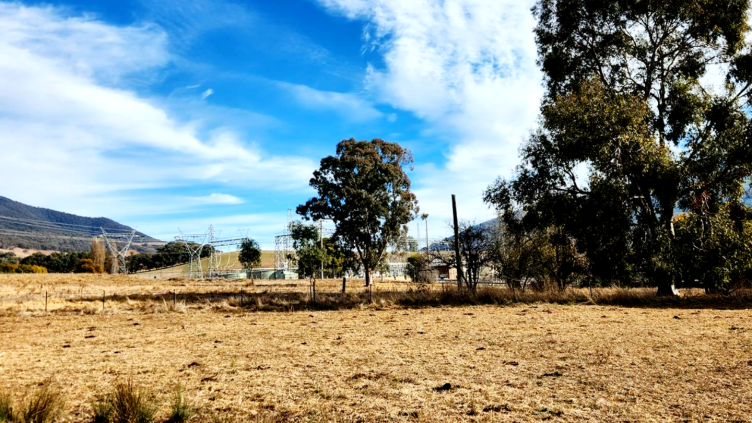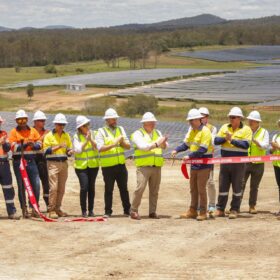The Victorian government has announced the approval of Trinasolar’s 500 MW / 1,000 MWh Kiewa Valley battery energy storage system being developed near the town of Dederang in the state’s northeast.
The $453 million (USD 303 million) Kiewa Valley battery project is to be constructed on a 10-hectare site located about three kilometres northeast of Dederang. The two-hour battery will connect into the grid via a 330 kV transmission link to network operator AusNet’s existing Dederang Terminal Station.
The state government said the approval includes conditions requiring the project to manage bushfire risk, noise, and visual impacts.
Victoria Energy Minister Lily D’Ambrosio said the battery will enhance grid stability and resilience, soaking up and storing cheap renewable energy during the day and pumping it back into the network at times of peak demand.
“This battery energy storage system is another way we’re shoring up energy supply and assisting our transition to 95% renewable energy by 2035,” she said.
Victoria Premier Jacinta Allan met with Trina representatives in Beijing earlier this week to confirm the project, saying it forms part of the state government’s broader “China Strategy,” a five-year roadmap designed to open doors for Victorian businesses with clean energy a key focus.
“When I released Victoria’s China Strategy, I made it clear that one of our key priority areas was to partner with Chinese businesses to invest more in renewable and clean energy in Victoria,” she said.
“China is the world’s leading renewable energy developer and now accounts for more than 60% of new global renewable capacity through its rapidly expanding solar, battery and electric vehicle industries.”
Allan said the strategy seeks to share in these clean energy strengths and elevate regional Victoria as the beneficiary of Chinese investment.
“Our goal is to become the first port of call for Chinese business to innovate and invest,” she said.
The state government said approval of Trina’s Kiewa Valley project brings the number of solar, wind, and battery projects approved through the Development Facilitation Program to 19 – worth more than $5 billion – since the program was expanded last year to include renewables, making them eligible for an accelerated pathway, and removing the planning panel process and third-party appeals.
Among the approved projects is Mint Renewables’ 200 MW / 400 MWh Dederang battery energy storage system being developed in the Kiewa Valley.
Victoria is targeting 65% renewables in its energy mix by 2030 and 95% by 2035, and has legislated goals to deliver at least 2.6 GW of energy storage capacity by 2030 and at least 6.3 GW by 2035.
This content is protected by copyright and may not be reused. If you want to cooperate with us and would like to reuse some of our content, please contact: editors@pv-magazine.com.









By submitting this form you agree to pv magazine using your data for the purposes of publishing your comment.
Your personal data will only be disclosed or otherwise transmitted to third parties for the purposes of spam filtering or if this is necessary for technical maintenance of the website. Any other transfer to third parties will not take place unless this is justified on the basis of applicable data protection regulations or if pv magazine is legally obliged to do so.
You may revoke this consent at any time with effect for the future, in which case your personal data will be deleted immediately. Otherwise, your data will be deleted if pv magazine has processed your request or the purpose of data storage is fulfilled.
Further information on data privacy can be found in our Data Protection Policy.